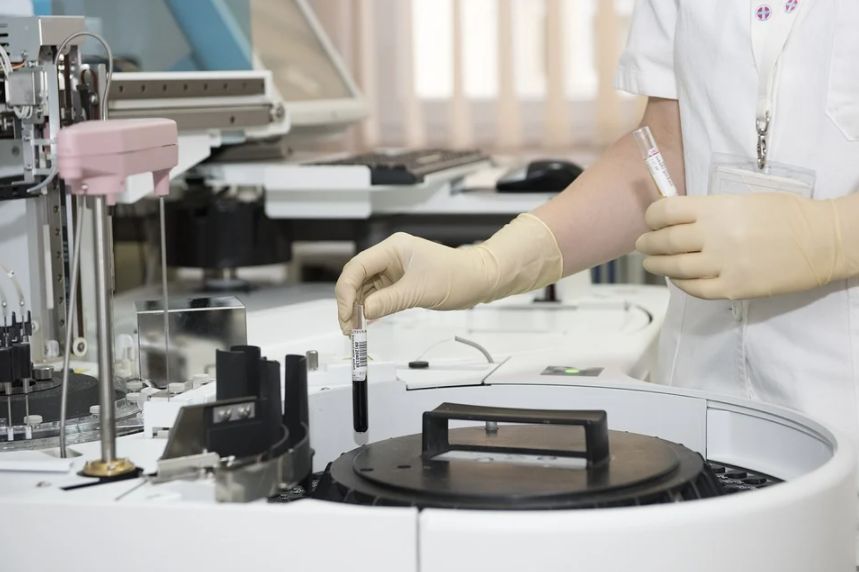Many medical practices have had to switch to a film platform for internet broadcasts. According to economictimes.indiatimes.com, sometimes this digitalized practice has taken a personal factor out of the patient-professional relationship. Thus, here’s how to maintain those relationships and comfort them just like how it was if it wasn’t in the virtual world.
Telehealth
 This era is still in its infancy, yet, it strengthened body therapy. It was mainly used for follow-up examinations and shorter visits as part of my experience – after initial contact with the person—an essential role in the physiotherapeutic process. Some were obvious, some were not, but when you looked at them, it seemed like the connection between patient and doctor worked like magic throughout the act. At first, I was surprised for two reasons. First, I was surprised that it was possible to feel that “you are there,” along with the person.
This era is still in its infancy, yet, it strengthened body therapy. It was mainly used for follow-up examinations and shorter visits as part of my experience – after initial contact with the person—an essential role in the physiotherapeutic process. Some were obvious, some were not, but when you looked at them, it seemed like the connection between patient and doctor worked like magic throughout the act. At first, I was surprised for two reasons. First, I was surprised that it was possible to feel that “you are there,” along with the person.
Secondly, I realized that I had one more thing in common with my person; they made us adapt to technology in this scenario! There is a kind of satisfaction when you realize that the crucial part of choosing this profession can still be part of my daily life in these challenging times. Patients need to know that their experience is still as important as ever, and doctors should be encouraged to use unique skills to make them feel as comfortable as possible.
Effective Diagnose
 From fundamental technology checklists to personal checklists, this is the best way to get the most out of your virtual tours. Make sure your Wi-Fi connection is powerful enough to protect you from gaps throughout your entire visit. Also, make sure you have adequate lighting and look into the camera. Lastly, microphone control; make sure you can be heard clearly. Speak louder if you want to.
From fundamental technology checklists to personal checklists, this is the best way to get the most out of your virtual tours. Make sure your Wi-Fi connection is powerful enough to protect you from gaps throughout your entire visit. Also, make sure you have adequate lighting and look into the camera. Lastly, microphone control; make sure you can be heard clearly. Speak louder if you want to.
Do not interrupt; make sure they can finish a thought. It isn’t easy to hear the listeners during a rational discussion if more than one person is speaking at the same time. Try to understand the person; ask questions outside of their diagnosis! We are all looking for ways to survive this particular outburst, perhaps in combination! Share, and laugh to look around the house more than you would otherwise do. If you are a physiotherapist, then combine it in the simple fact that you will probably do more exercises than usual, maybe you will discover a workout!
Take care of your well-being. Let them know that you are within easy reach. Empathize; people can feel insecure when they understand that the physiotherapist, who often plays a practical approach, will be standing miles behind a screen to guide them. Insecurity can cause stress, and fear can lead to more pain! At times like this, the point is that human connection is just as important or even more critical. Accept it and be the healthcare professional you have chosen to be an oath. Your patients still need you.…

